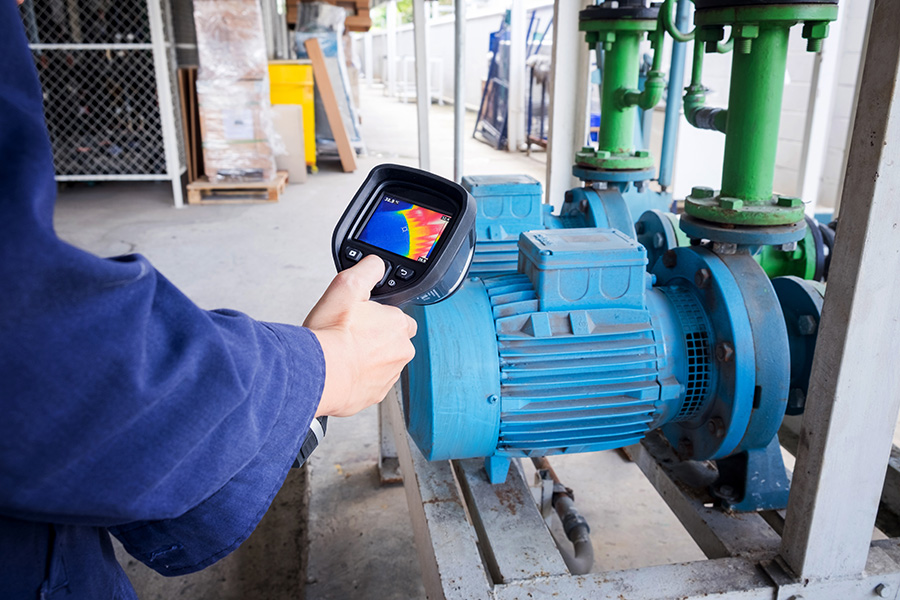The CMMS-Inventory Connection
Management trends in institutional and commercial facilities come and go regularly, but three indisputable truths about maintenance have remained:
- Components fail either gradually or randomly, and the failure is either hidden or visible.
- Planning and scheduling, as well as preventive and predictive maintenance, are required to end the practice of reactive maintenance.
- Corrective maintenance requires people, parts, and equipment.
This last point bears more than a little scrutiny by maintenance and engineering managers looking for greater efficiency and productivity from front-line technicians. An increasingly important challenge for managers in this regard is ensuring the availability of spare parts through more effective inventory management, with emphasis on the role of computerized maintenance management systems (CMMS).
Software At The Center
The good news for managers is that more organizations have started to recognize the importance of inventory management and the central role of CMMS. Managers know a maintenance job, properly planned with the appropriate spare parts, is apt to be much more efficient and much less expensive than an unplanned job.
Organizations are beginning to wake up to the fact that managers no longer can view and operate the inventory-management elements of their operations as cost centers. They need to manage them as profit centers. After all, the effective management of spare parts is a strategic process. When managers operate this way, they can improve an organization's competitive edge.
To change this paradigm, managers need to use the tools at their disposal more fully and effectively. Specifically, the CMMS has to have the necessary functionality and computing power to help managers make smart decisions related to inventory management.
To keep facilities operating smoothly, managers need a CMMS that can help them manage the billions of bits of data collected and stored in its database. An effective CMMS must have 10 key operations:
- inventory control
- equipment database
- work-order control and management
- planning and scheduling
- standard job-task files
- preventive maintenance checklist
- preventive maintenance scheduling
- purchasing
- standard and customized reporting capability and report-generation capability
- historical data file storage and retrieval.
Managers whose departments us a CMMS without these requirements should consider an upgrade or a change. The benefits to the organization from such a change can be significant, and the risks of exposure from not changing can be just as significant.
Related Topics:













